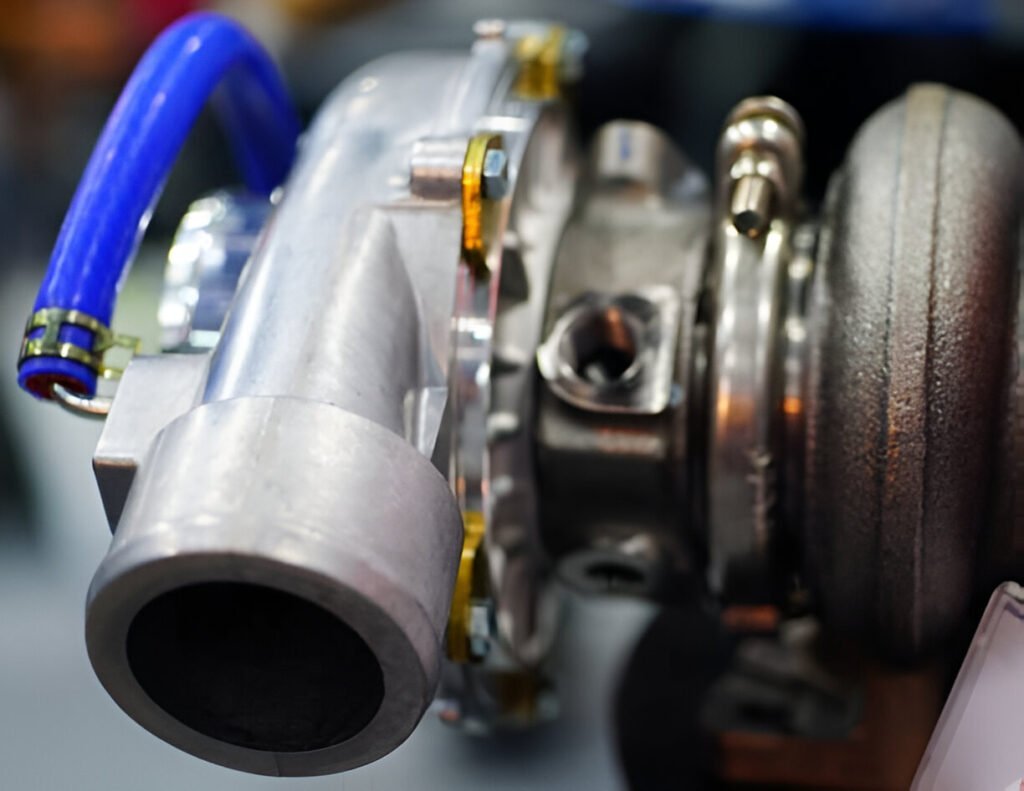How to Measure Static Pressure of Centrifugal Fan
Learn the steps to accurately measure the static pressure of a centrifugal fan using a manometer or pressure gauge.
Read More

Squirrel cage fans, , also known as squirrel cage blowers, despite their name, are centrifugal fans used in HVAC systems, industrial processes, and household appliances. These fans feature a cylindrical shape with an internal rotating wheel containing multiple blades.
The design of squirrel cage fans enables efficient movement of large air volumes. The spinning wheel draws air through the center and pushes it outward, generating strong, steady airflow. This makes them suitable for applications requiring consistent air movement or ventilation.
Squirrel cage fans often operate more quietly than other fan types due to their enclosed design. They offer versatility, allowing adjustments to speed and airflow direction for different needs. These fans come in various sizes, ranging from small units in computer cooling systems to large industrial models.
Squirrel cage fans consist of several key components that work together to move air efficiently.
Impeller design significantly affects squirrel cage fan performance and efficiency. Three main types exist: forward-curved, backward-curved, and straight blades.
Forward-curved blades have shallow, numerous blades curving in the rotation direction. They excel in low-pressure, high-volume applications, commonly found in residential HVAC systems. These impellers operate at lower speeds but move large air volumes efficiently.
Backward-curved blades curve against the rotation direction. They offer higher efficiency than forward-curved blades and handle higher pressures. Industrial applications requiring higher static pressures often employ these impellers. Their self-cleaning nature suits dusty environments.
The scroll housing or volute component encases the impeller and directs airflow from the fan’s center to its outlet. The scroll housing’s shape determines efficient air movement and pressure generation.
Volute design features a gradually expanding cross-sectional area around the impeller. This expansion decelerates air while increasing static pressure, converting kinetic energy to potential energy. The housing’s curvature minimizes turbulence and maintains smooth airflow.
The cutoff point, where the volute ends near the outlet, directs air towards the discharge opening. Adjusting the clearance between the impeller and scroll housing can optimize fan efficiency. Tighter clearance improves performance but increases noise levels.
Drive mechanisms for squirrel cage fans come in two main types: direct-driven and belt-driven.
Direct-driven systems couple the motor shaft directly to the impeller. This design reduces maintenance needs and energy losses. Direct-driven fans suit smaller applications or space-limited settings. They offer higher efficiency and lower noise levels compared to belt-driven alternatives.
Belt-driven systems use a belt to connect the motor and impeller. This configuration allows flexible motor placement and easier speed adjustments through pulley size changes. Belt-driven fans often appear in large industrial applications or where variable speed control is necessary.
Motors function as the core power source for squirrel cage fans, converting electrical energy into mechanical energy to drive the fan’s impeller and move air. AC and DC motors are the primary types used in these fans.
Squirrel cage fans operate on a centrifugal principle. The fan consists of a cylindrical or wheel-shaped structure with curved blades attached to its inner surface. As the motor spins the cage, the blades create centrifugal force, drawing air in through the center and expelling it radially outward.
Air enters through an intake opening at the wheel’s center when the fan activates. Rotating blades catch this air and fling it outward. This action creates a low-pressure area at the center, continuously drawing in more air. The expelled air moves through an outlet, often shaped to control airflow direction and velocity.


Squirrel cage fans typically produce moderate noise levels. Generally, these fans are quieter than other types but not completely silent.
Squirrel cage fans are frequently utilized in residential air conditioning systems. These efficient, quiet fans effectively move large air volumes and are commonly found in central air units and furnaces due to their reliability and performance.
Squirrel cage fans are generally energy-efficient, offering high airflow with low power consumption.
No, centrifugal fans and squirrel cage fans are not exactly the same. Squirrel cage fans are a specific type of centrifugal fan characterized by curved blades and a compact housing resembling a hamster wheel. All squirrel cage fans are centrifugal, but not all centrifugal fans are squirrel cage designs. Centrifugal fans also include other blade and housing configurations.